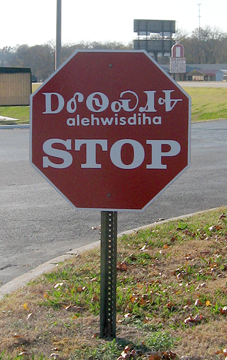Indigenous languages of the Americas
Indigenous languages of the Americas encompass the several hundred languages that are native to the peoples of North and South America. They show a vast diversity in terms of linguistic structures and families, reflecting the deep history and varied cultures of the Indigenous peoples of the Americas. These languages range from those with millions of speakers, like Quechua and Guaraní, to languages with only a handful of speakers.
Overview[edit | edit source]
The indigenous languages of the Americas are spread across two continents and are classified into several language families, as well as many language isolates and unclassified languages. Some of the major language families include Algic, Uto-Aztecan, Mayan, and Tupian. The diversity of these languages reflects the varied cultures and histories of the Americas' indigenous peoples.
History[edit | edit source]
The history of indigenous languages in the Americas is deeply intertwined with the history of the continent itself. Before the arrival of Europeans, these languages were used in trade, cultural rituals, and daily life. The European colonization of the Americas had a profound impact on these languages, with many becoming endangered or extinct due to policies of assimilation, displacement, and the spread of European languages.
Preservation and Revitalization[edit | edit source]
In recent years, there has been a growing movement to preserve and revitalize indigenous languages across the Americas. This includes language education programs, the creation of written forms for traditionally oral languages, and the use of modern technology to document and teach these languages. Organizations such as the Endangered Languages Project play a crucial role in these efforts.
Notable Languages[edit | edit source]
- Quechua - Spoken by the Quechua peoples of the Andes, it is one of the most widely spoken indigenous languages in the Americas.
- Guaraní - An official language of Paraguay, where it is spoken by the majority of the population.
- Nahuatl - Once the language of the Aztec empire, it is still spoken by about 1.5 million people in Mexico.
- Navajo - The most widely spoken Native American language in the United States.
Challenges[edit | edit source]
Despite efforts to preserve and revitalize indigenous languages, many face challenges such as declining numbers of native speakers, lack of resources for language education, and political and social marginalization of indigenous peoples.
Conclusion[edit | edit source]
The indigenous languages of the Americas are an integral part of the continent's cultural heritage. Efforts to preserve and revitalize these languages are crucial for maintaining the diversity and richness of human culture.
This article is a linguistics stub. You can help WikiMD by expanding it!
Search WikiMD
Ad.Tired of being Overweight? Try W8MD's physician weight loss program.
Semaglutide (Ozempic / Wegovy and Tirzepatide (Mounjaro / Zepbound) available.
Advertise on WikiMD
|
WikiMD's Wellness Encyclopedia |
| Let Food Be Thy Medicine Medicine Thy Food - Hippocrates |
Translate this page: - East Asian
中文,
日本,
한국어,
South Asian
हिन्दी,
தமிழ்,
తెలుగు,
Urdu,
ಕನ್ನಡ,
Southeast Asian
Indonesian,
Vietnamese,
Thai,
မြန်မာဘာသာ,
বাংলা
European
español,
Deutsch,
français,
Greek,
português do Brasil,
polski,
română,
русский,
Nederlands,
norsk,
svenska,
suomi,
Italian
Middle Eastern & African
عربى,
Turkish,
Persian,
Hebrew,
Afrikaans,
isiZulu,
Kiswahili,
Other
Bulgarian,
Hungarian,
Czech,
Swedish,
മലയാളം,
मराठी,
ਪੰਜਾਬੀ,
ગુજરાતી,
Portuguese,
Ukrainian
Medical Disclaimer: WikiMD is not a substitute for professional medical advice. The information on WikiMD is provided as an information resource only, may be incorrect, outdated or misleading, and is not to be used or relied on for any diagnostic or treatment purposes. Please consult your health care provider before making any healthcare decisions or for guidance about a specific medical condition. WikiMD expressly disclaims responsibility, and shall have no liability, for any damages, loss, injury, or liability whatsoever suffered as a result of your reliance on the information contained in this site. By visiting this site you agree to the foregoing terms and conditions, which may from time to time be changed or supplemented by WikiMD. If you do not agree to the foregoing terms and conditions, you should not enter or use this site. See full disclaimer.
Credits:Most images are courtesy of Wikimedia commons, and templates, categories Wikipedia, licensed under CC BY SA or similar.
Contributors: Prab R. Tumpati, MD





